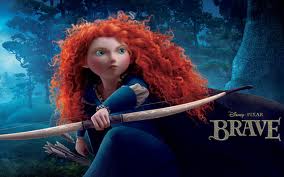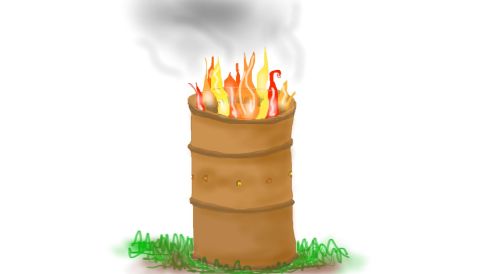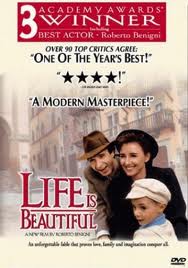A Kindly Kindle Report
I finished reading my first e-book ever today, on the new Kindle Paperwhite Steve got for Christmas. Overall, a very pleasant reading experience. Never mind what the book was, I’m talking about the actual physical experience of reading, the comfort of holding the ‘book/device’, the ease of reading due to font/contrast/clarity/lighting, page-turning… All of that was wonderful.
However, it was odd not knowing what page I was on in the actual book, and I missed that. Instead of page numbers, in the bottom left corner of the screen it tells how many minutes I have left in the book (how it knows that, I’m not sure–maybe it keeps track of how many pages/words I average per minute?) and in the bottom right corner it tells me what percent of the book I’ve read. Perhaps there’s a way I could click on something that would tell me what page I’d be on if I were reading the actual book?
I also wish I could see a fullscreen image of the cover art on the front of the book rather than just the thumbnail of it.
As for my concern about the ease of highlighting and note-taking (see December 19th’s post, To Kindle or Nook or Not?), or the comparative ease in referring back to those areas, well, I saw while reading the book how, when you tap on lines of text in the middle of the screen, the device offers you the chance to do those things, but highlighted areas and notes in an e-book would be something you could ‘lose’ if that great power outage I’m imagining might one day occur actually comes to pass. And whereas I can pick up a book with corners of pages bent over to remind me where I might want to refer back to, it seems highlighted/noted pages in an e-reader would be easy to forget about or overlook, in a sort of ‘out-of-sight-out-of-mind’ way.
So now that I’ve actually read a book on an e-reader, my thinking on e-books is this: If I’m reading for light entertainment purposes only and I’ll probably never refer back to the book again, reading on a Kindle is great, and I prefer it to buying and reading from an actual paper book.
BUT, if the book turns out to be a favorite, so great or important that I want to underline passages to remember, study, admire, or be inspired by again and again, then I’d want to buy the book in hardback and be able to turn the corners of pages over, underline, and make notes in it as I’m used to doing. This goes for books I see as educational in an on-going way as well (spiritual, self-improvement, philosophy, psychology, religion, writing craft related…); if there’s something in them I know I’m going to want to work on applying to my life/work or share and discuss with others, then I want the real paper book I can pull off the shelf and instantly turn to the page I want.
In a nutshell, for quick or light reading, magazines, newspapers, e-readers can’t be beat. Once you get the hang of it–which doesn’t take long–they’re easier to read than actual books. They’re gentle on eyes, hands, and shoulders used to carrying heavy bags of books. They reduce the need for the storage, packing, and transport of actual books. E-books are less expensive. Those are the pros. But for a book that’s to be studied and treasured, I much prefer a traditional book. The world benefits from having both kinds of books–it depends on your preference, and on what you’re reading and what you want to do with it after you’ve read it.










